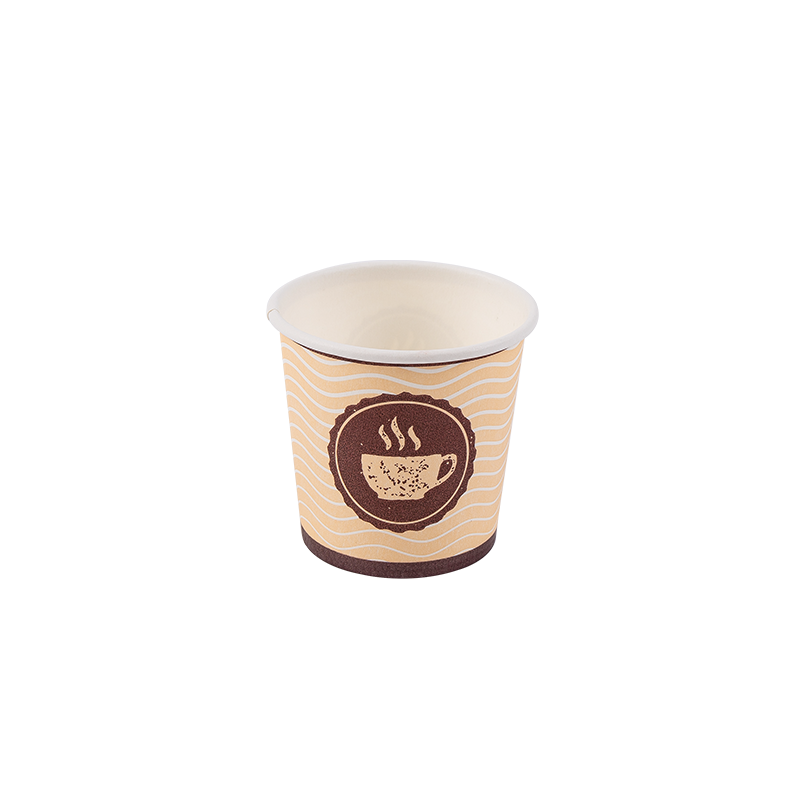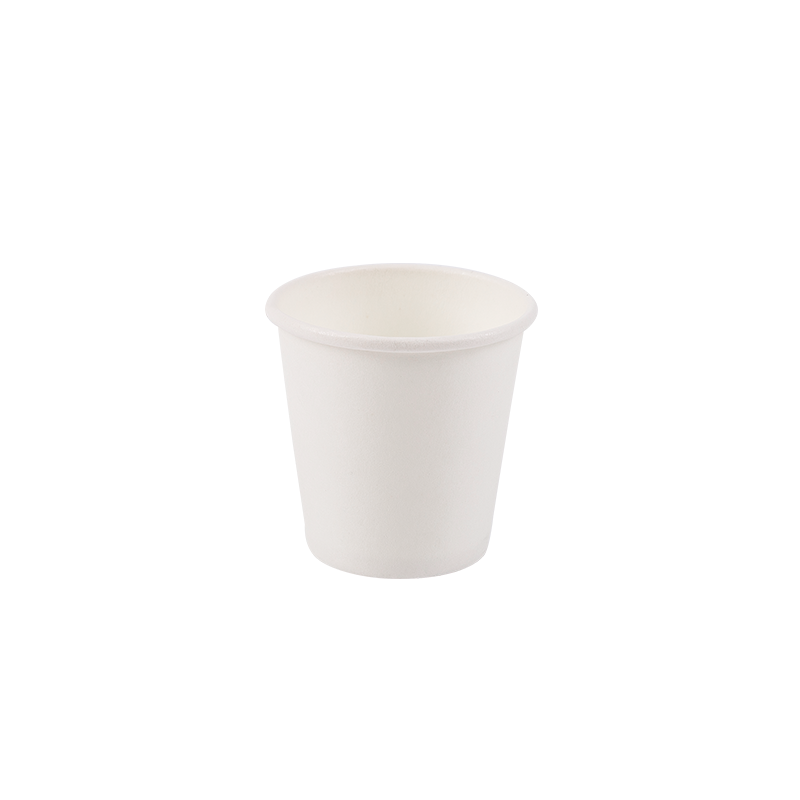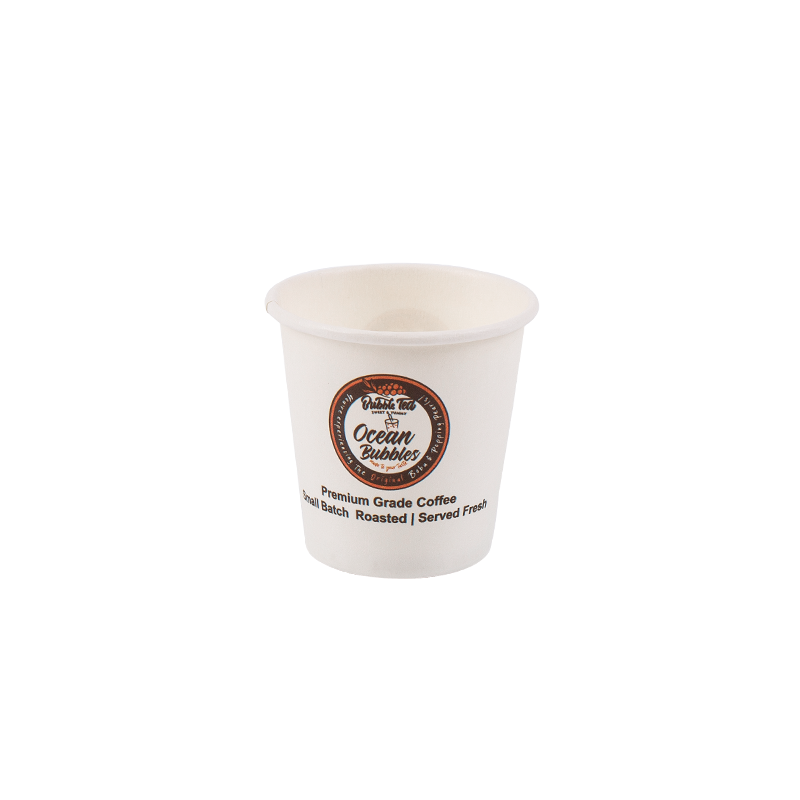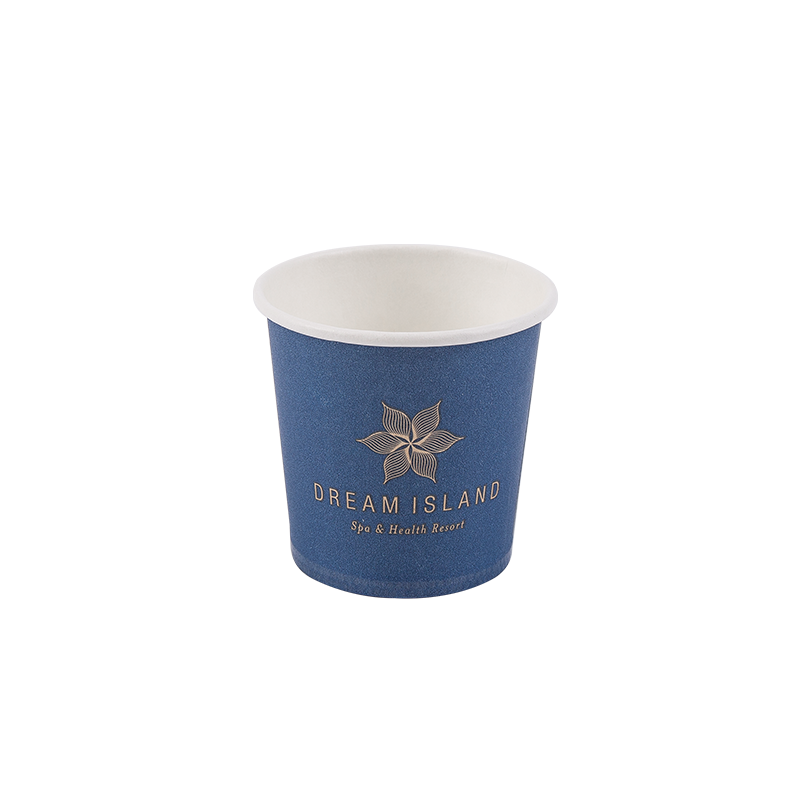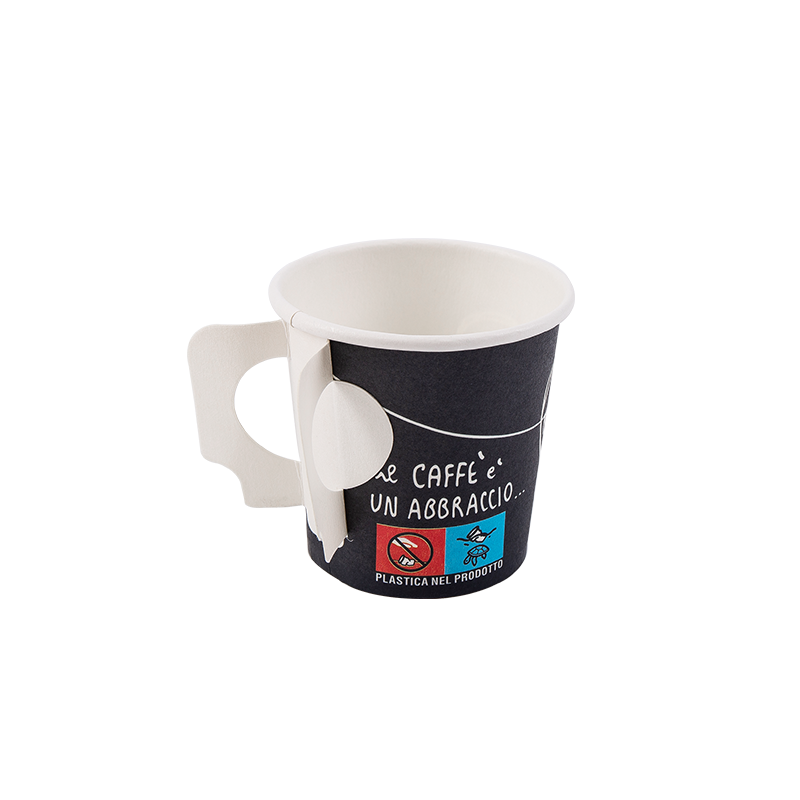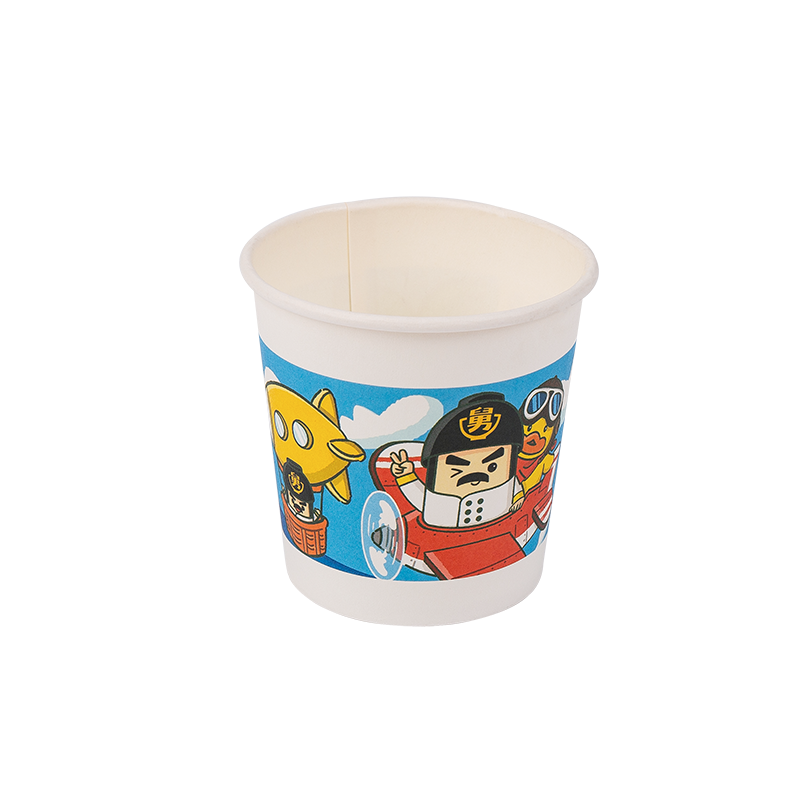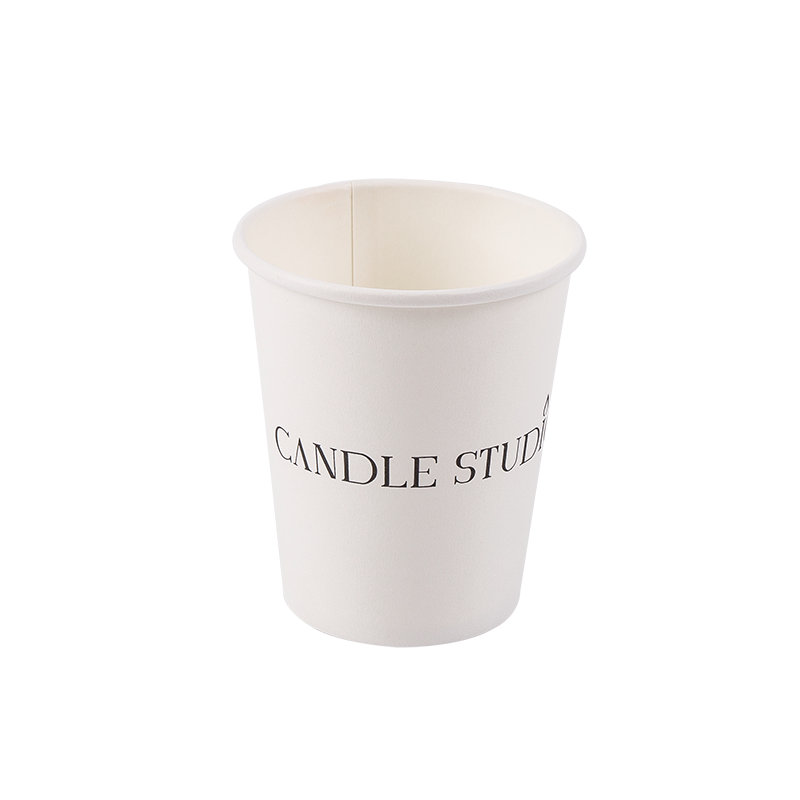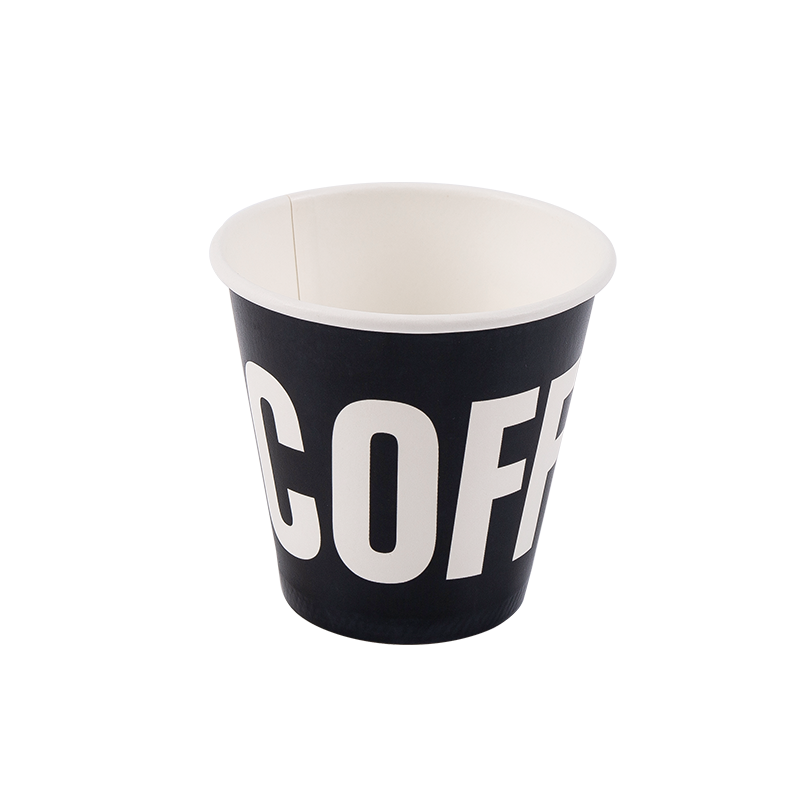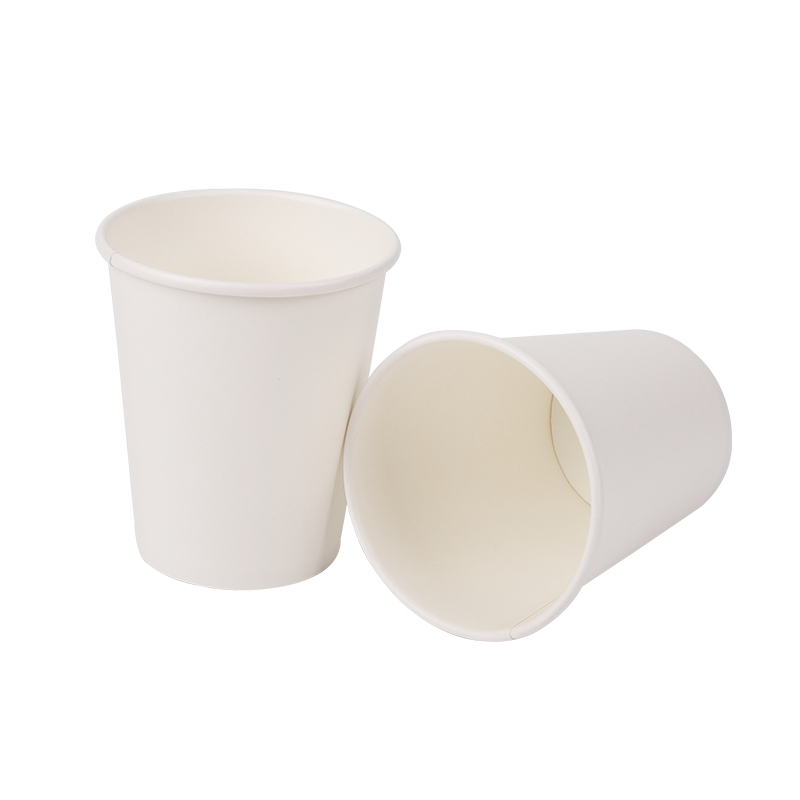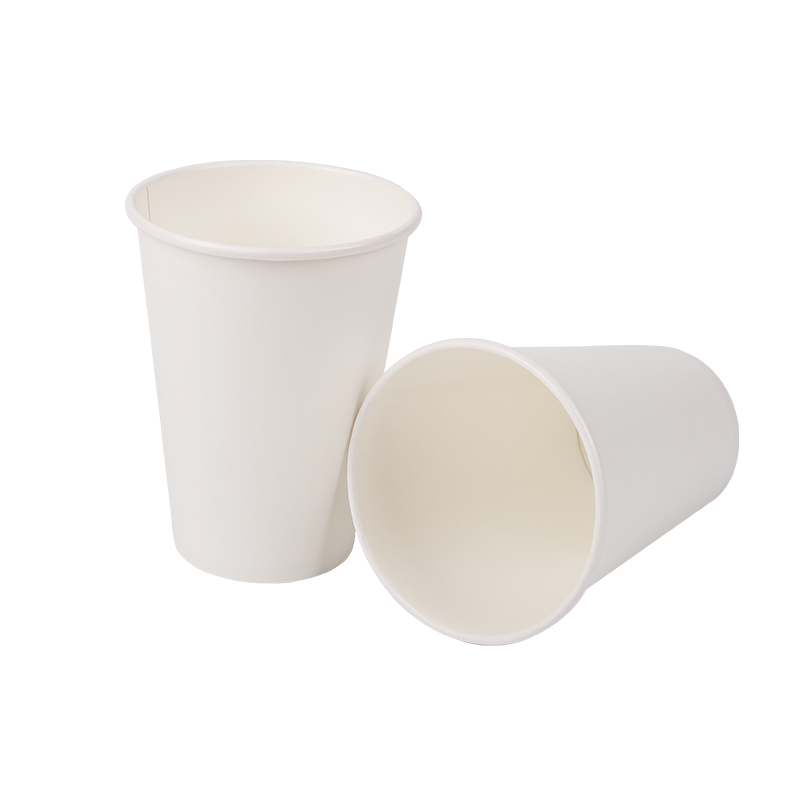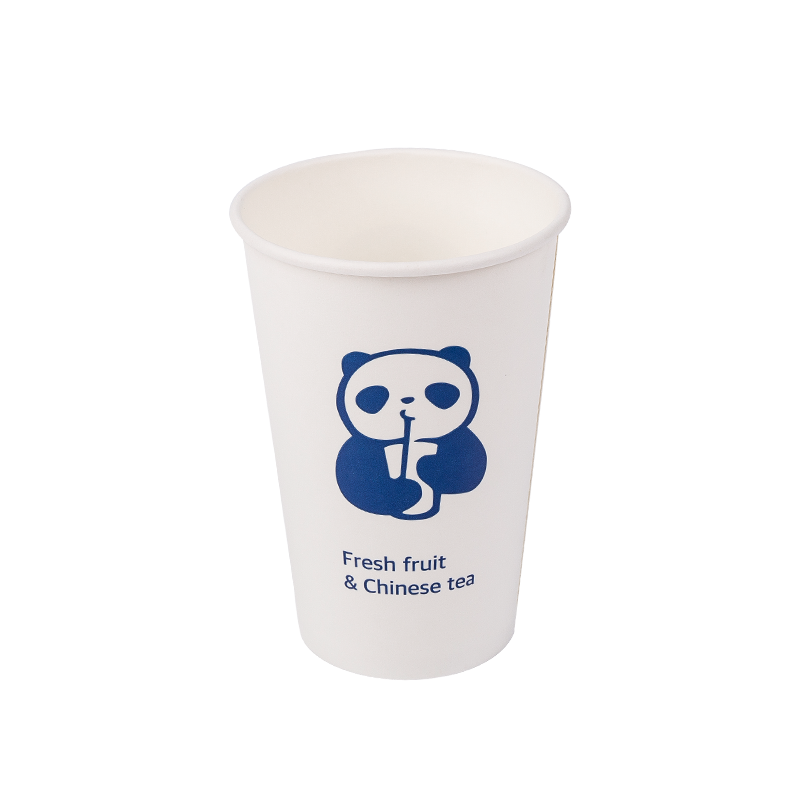When you grab your morning coffee, you're faced with a seemingly simple choice: a paper cup or a plastic cup. While they both serve the same purpose, the differences are far more significant than you might think. Let's dive into the core distinctions between paper and plastic single-use coffee cups, from their materials to their environmental impact.
The Composition: More Than Meets the Eye
At first glance, a paper coffee cup looks like it's just, well, paper. But this isn't the case. To prevent the liquid from soaking through, these cups are lined with a thin layer of plastic, typically polyethylene (PE). This plastic coating makes the cup waterproof and gives it structural integrity. It's this very lining that complicates the recycling process, as it's difficult and expensive to separate the paper from the plastic. Newer innovations include cups lined with polylactic acid (PLA), a plant-based plastic that's often marketed as compostable, though its environmental benefits are highly dependent on access to industrial composting facilities.
In contrast, plastic coffee cups are most commonly made from polypropylene (PP) or polyethylene terephthalate (PET). These materials are inherently waterproof and durable. PP is often used for hot beverages due to its high heat resistance, while PET is more common for iced drinks. Unlike their paper counterparts, plastic cups are generally simpler in their material composition, making them theoretically easier to recycle—if they make it to the right facility.
Environmental Impact: The Recycling Dilemma
This is where the distinction becomes critical. The PE-lined paper cups are often sorted as mixed-material waste. Most municipal recycling facilities aren't equipped to process them, so they are sent to landfills. Even the "compostable" PLA-lined cups can be a problem. They require specific conditions found only in industrial composting plants; throwing them in your backyard compost pile or a regular landfill won't allow them to break down properly.
Plastic takeaway cups face their own set of challenges. While PP and PET are technically recyclable, the reality is that many of these Disposable Coffee Cups are not recycled. Factors like food residue contamination and the sheer volume of plastic waste often lead to them being landfilled or incinerated. Additionally, the production of plastics from fossil fuels is a significant source of greenhouse gas emissions.
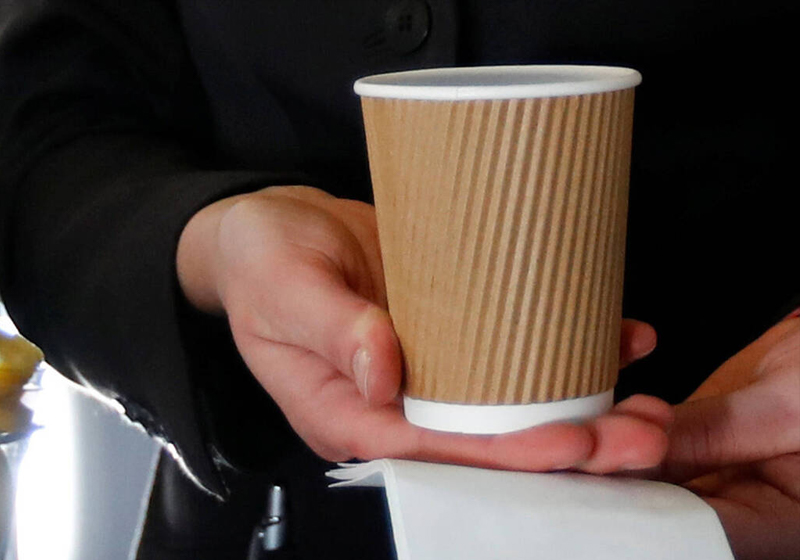
Thermal Performance and Consumer Experience
The design of these disposable cups also affects your drinking experience. Paper cups, with their built-in air space and thicker material, are generally better insulators for hot beverages. This is why you'll often see them paired with a corrugated sleeve (a "clutch") for extra insulation and a better grip. The plastic lining helps to retain heat but is not a perfect barrier.
Plastic cups, while versatile for both hot and cold drinks, are more often associated with cold beverages. For hot drinks, they require a thicker wall to prevent heat transfer and can sometimes feel flimsy. The lids for both cup types are almost universally made of plastic (PP or PET), creating another layer of waste regardless of the cup's material.
Ultimately, whether you choose a paper or plastic cup, you are using a disposable coffee vessel. The most significant difference lies in their journey after you've finished your drink. Neither option is a silver bullet for sustainability, and both present serious challenges for waste management. The best way to mitigate the environmental impact is to choose a reusable cup whenever possible.










 English
English русский
русский Español
Español 中文简体
中文简体